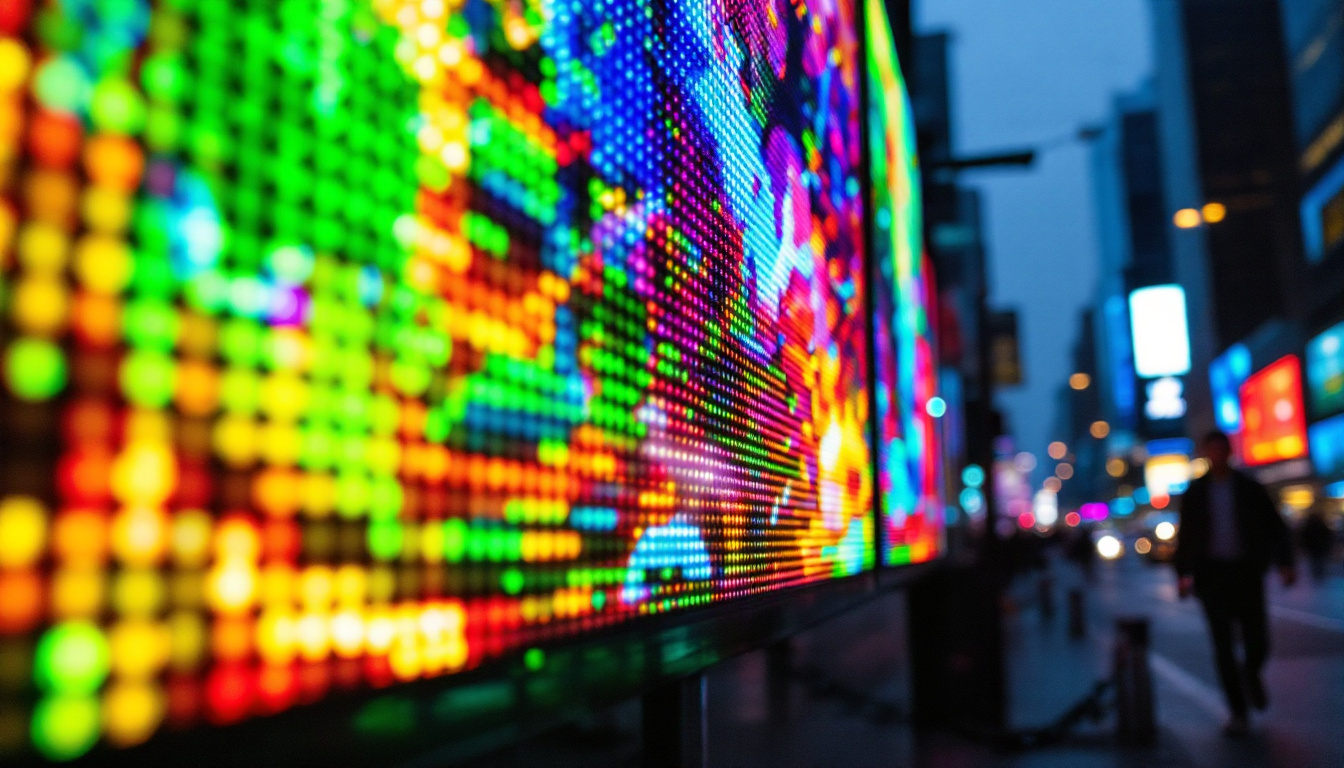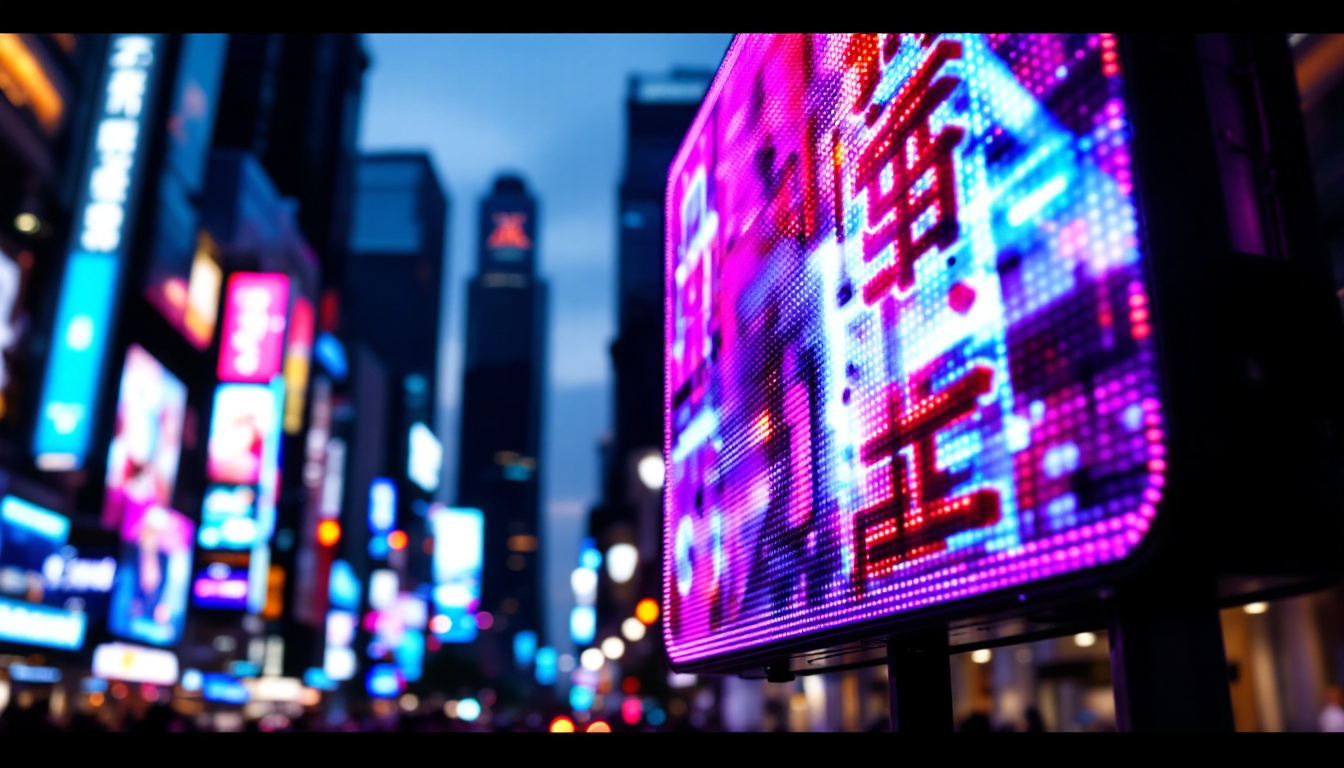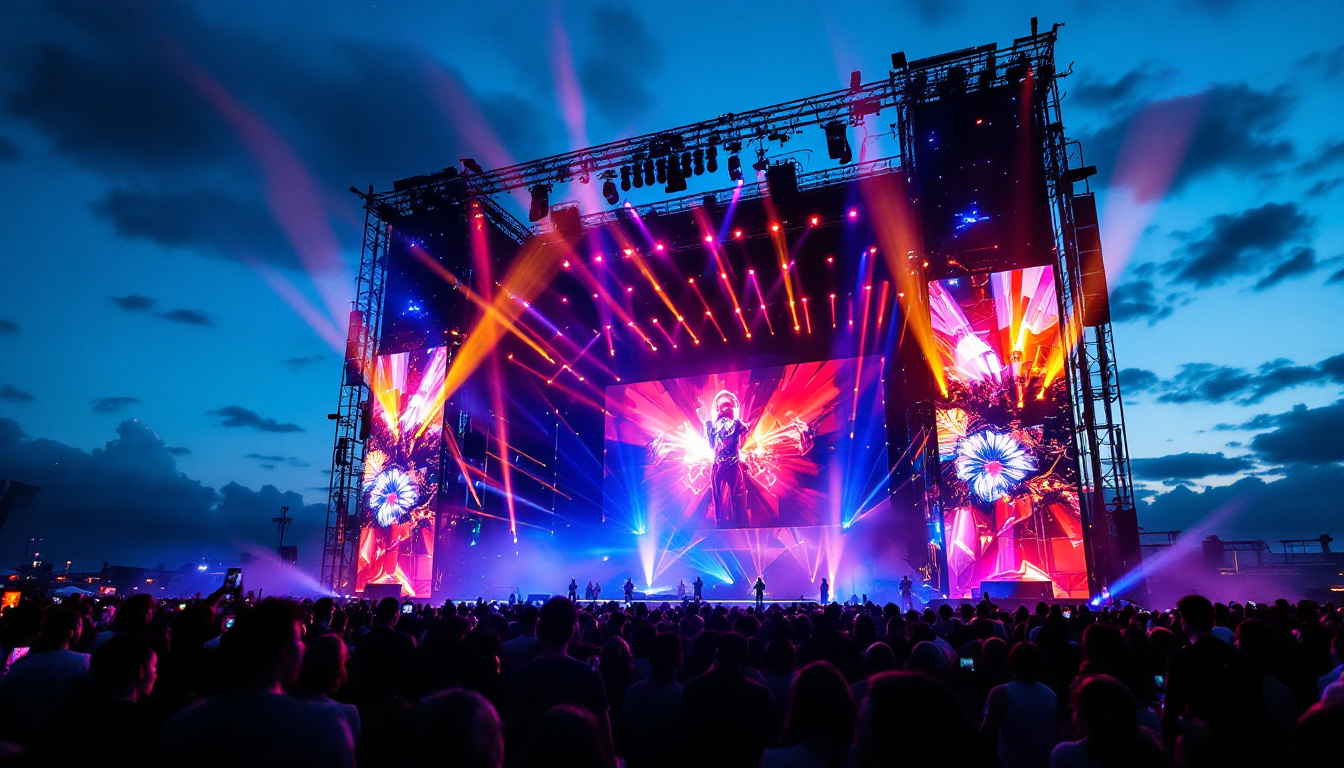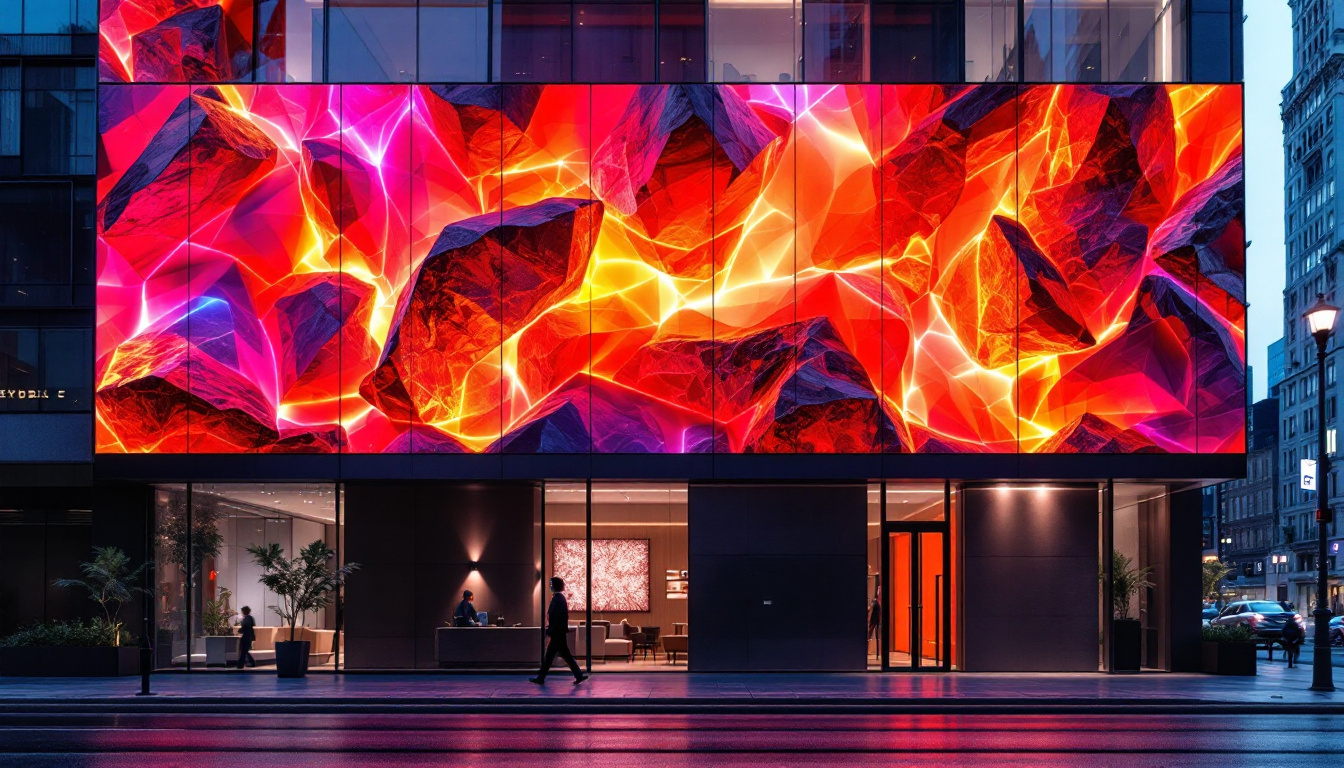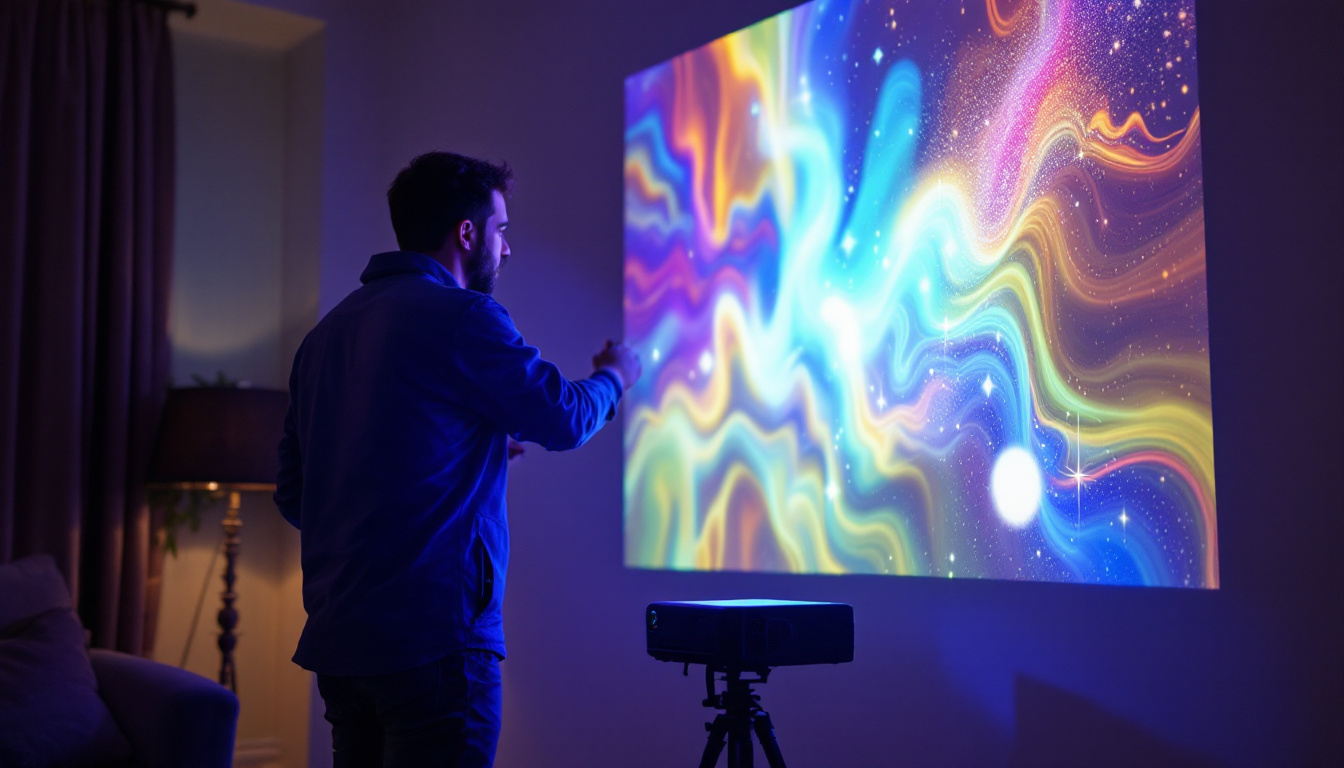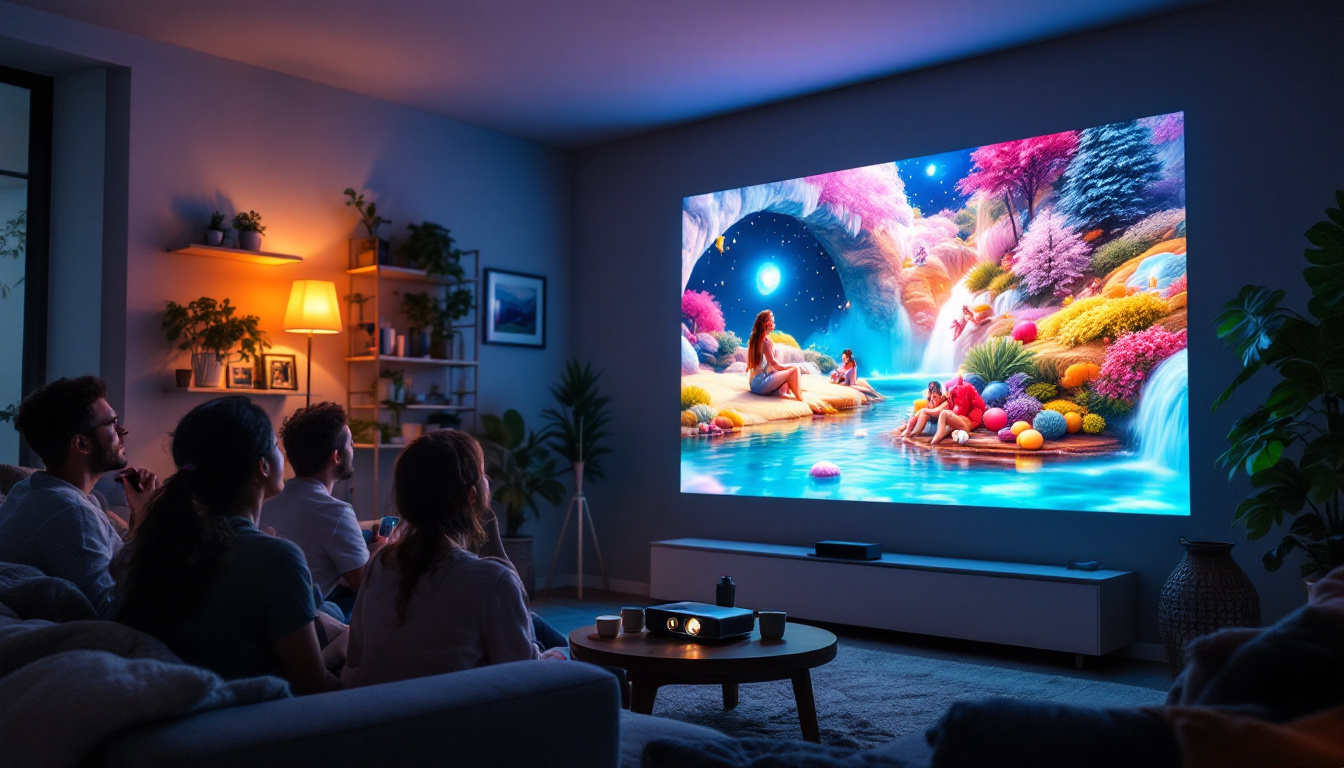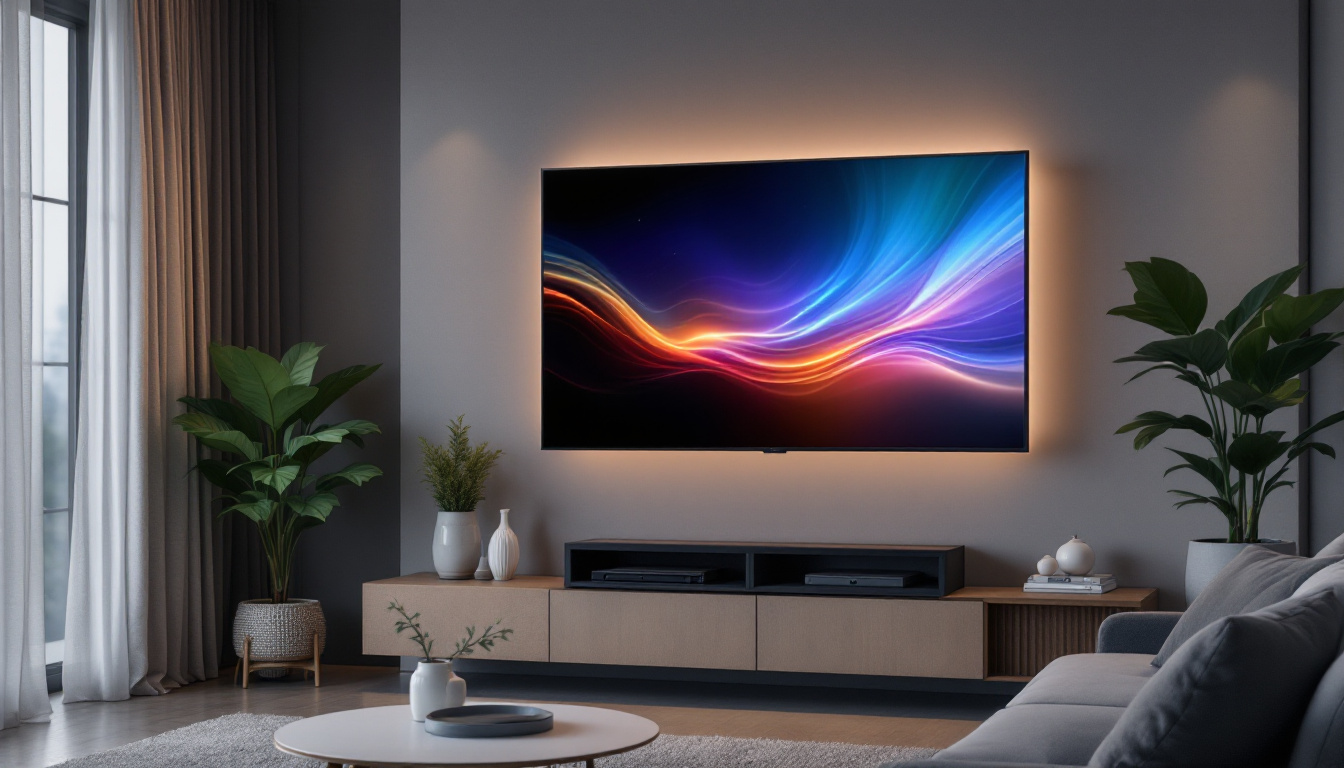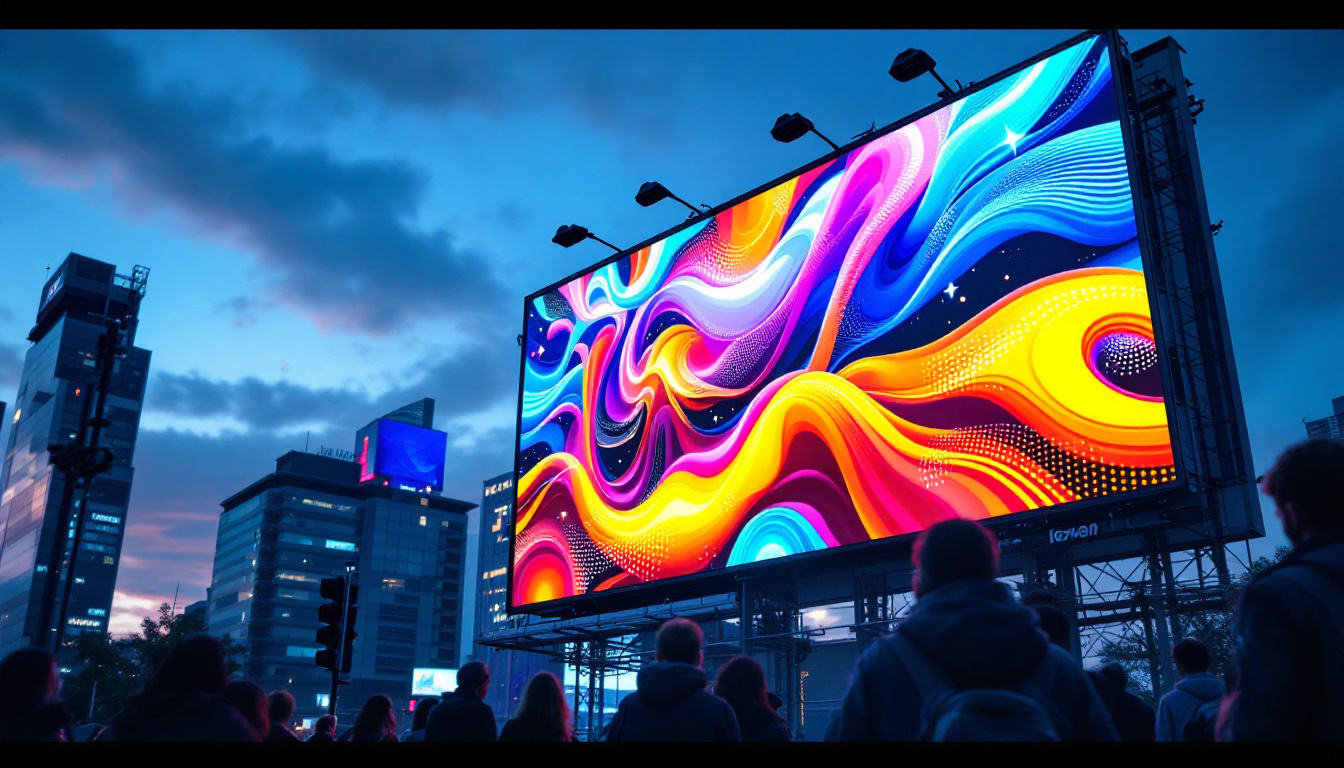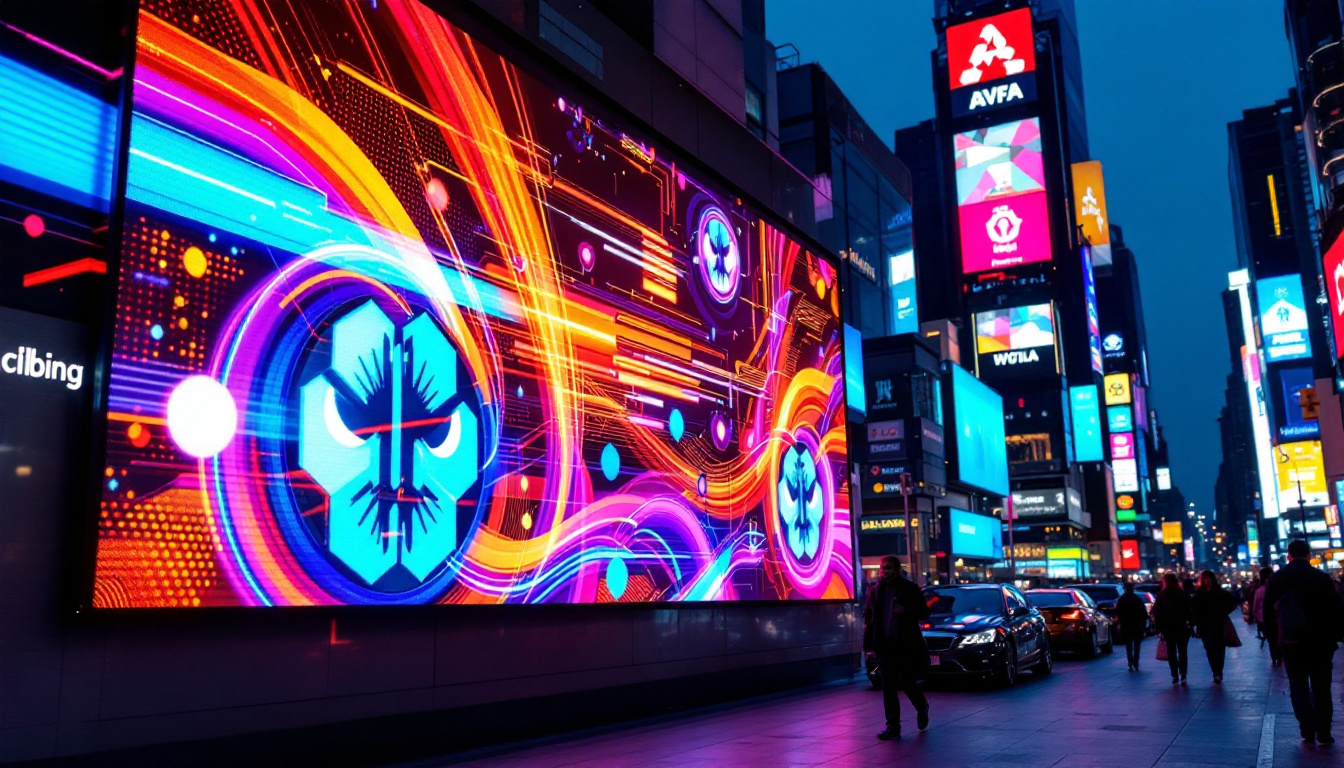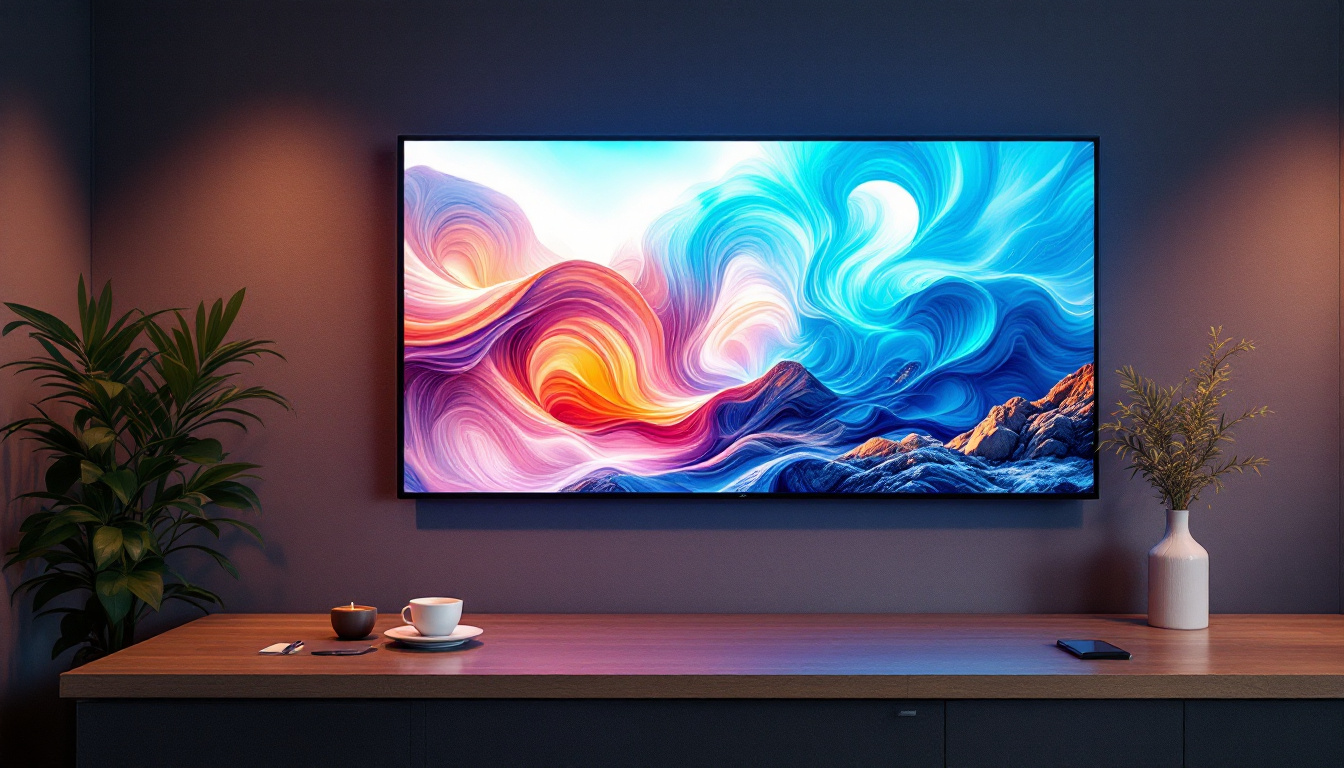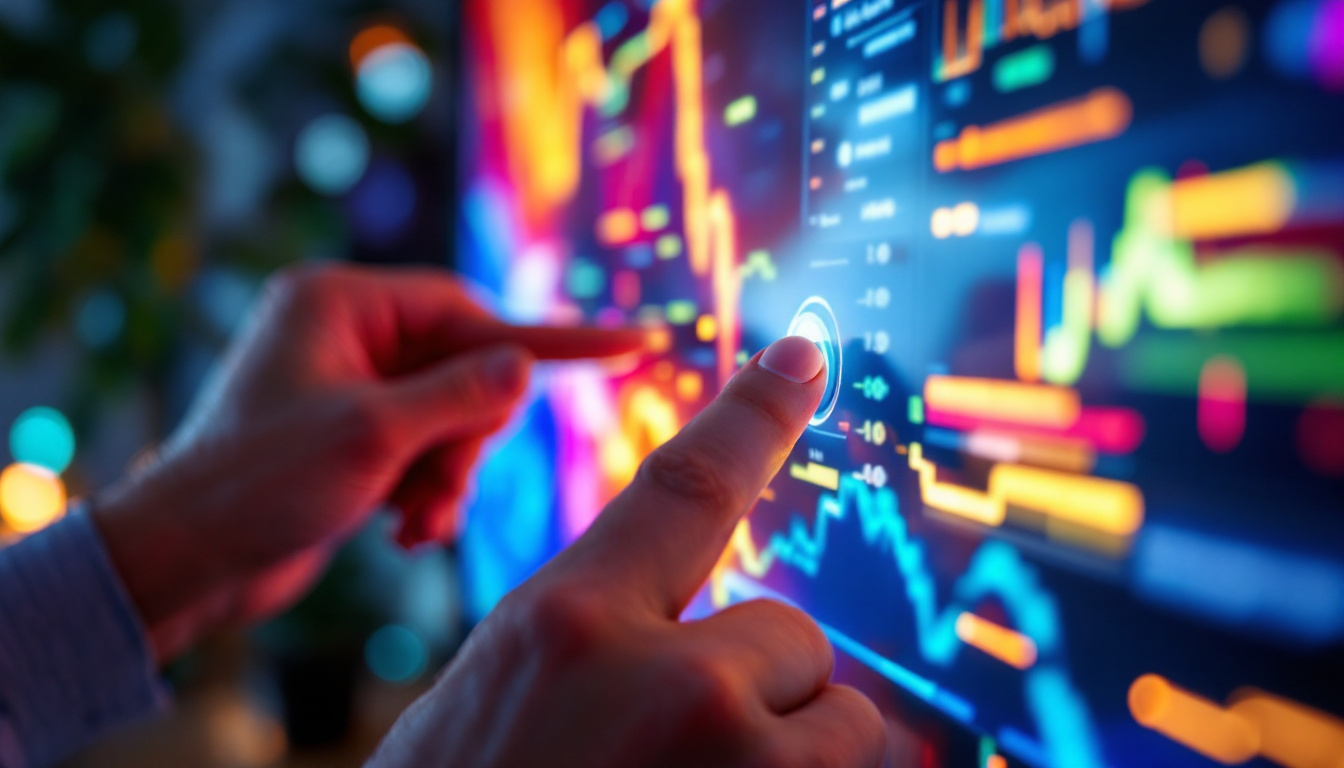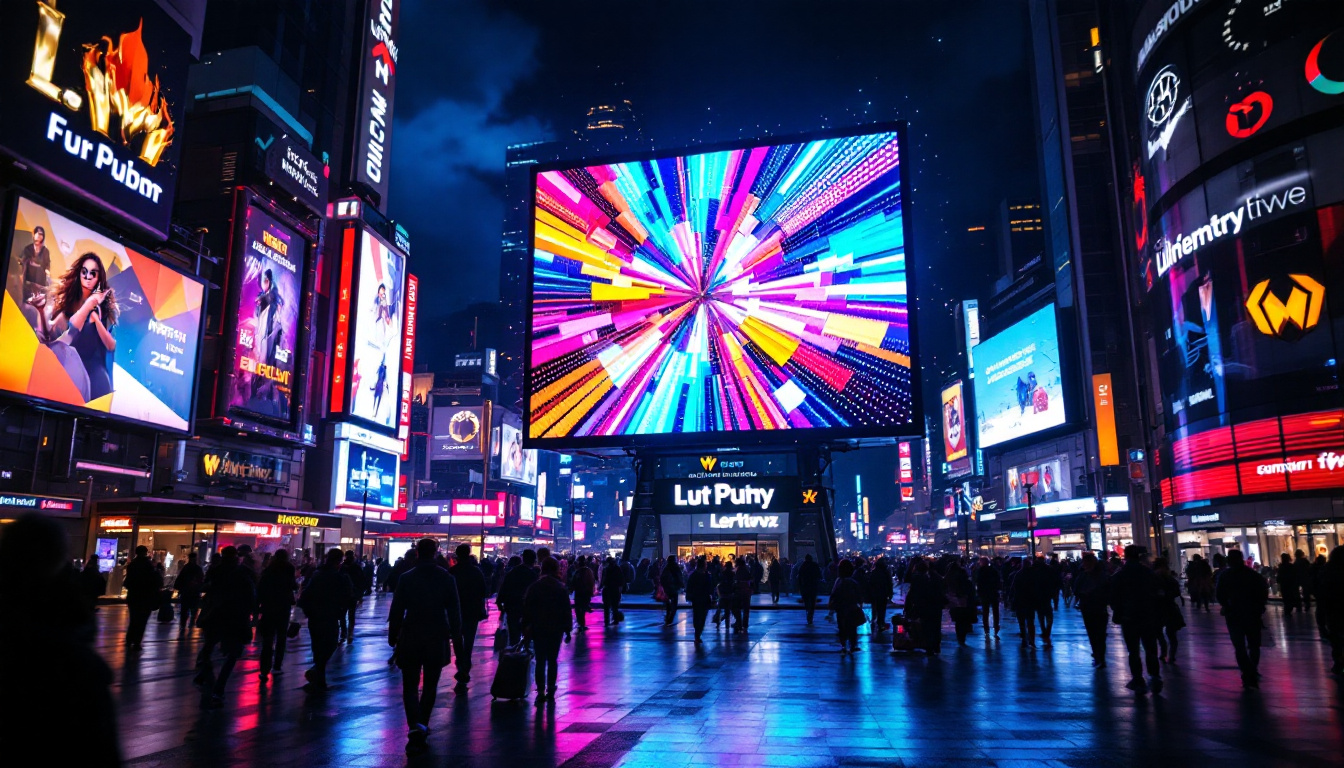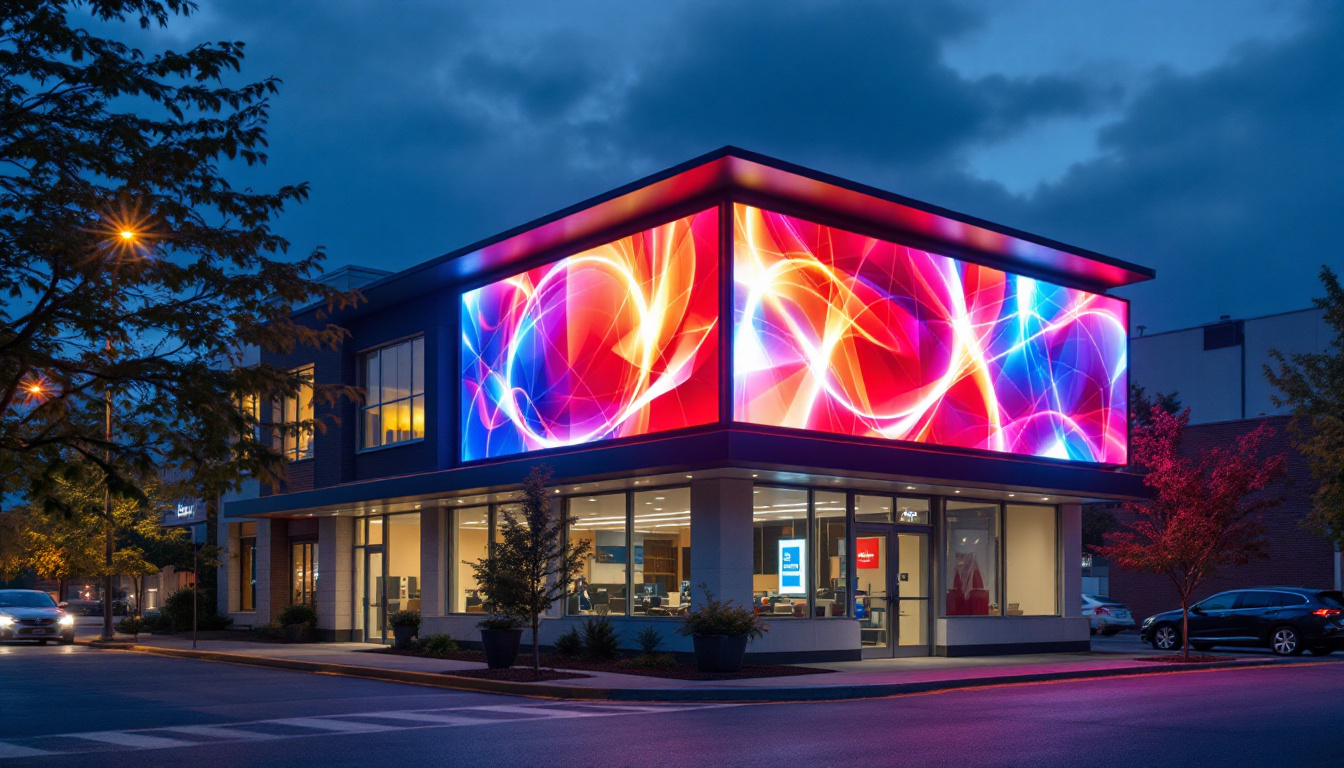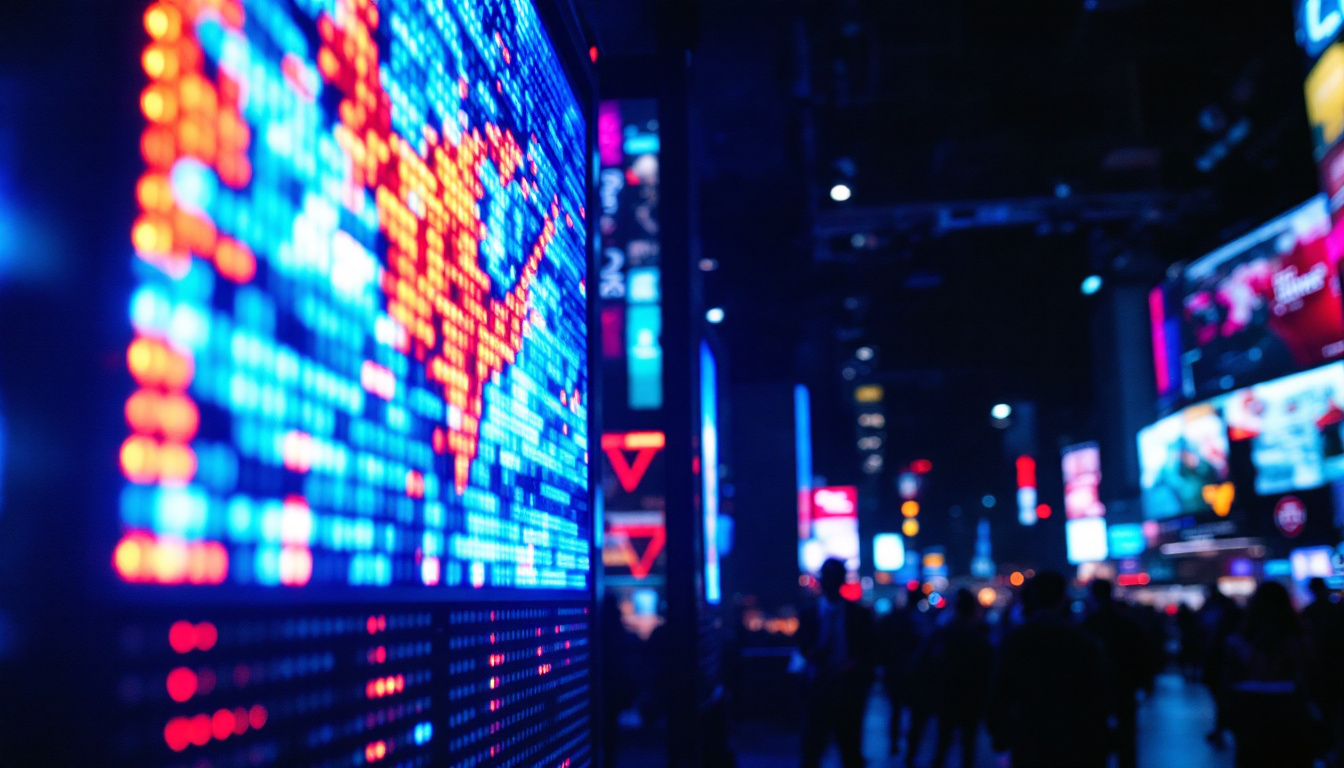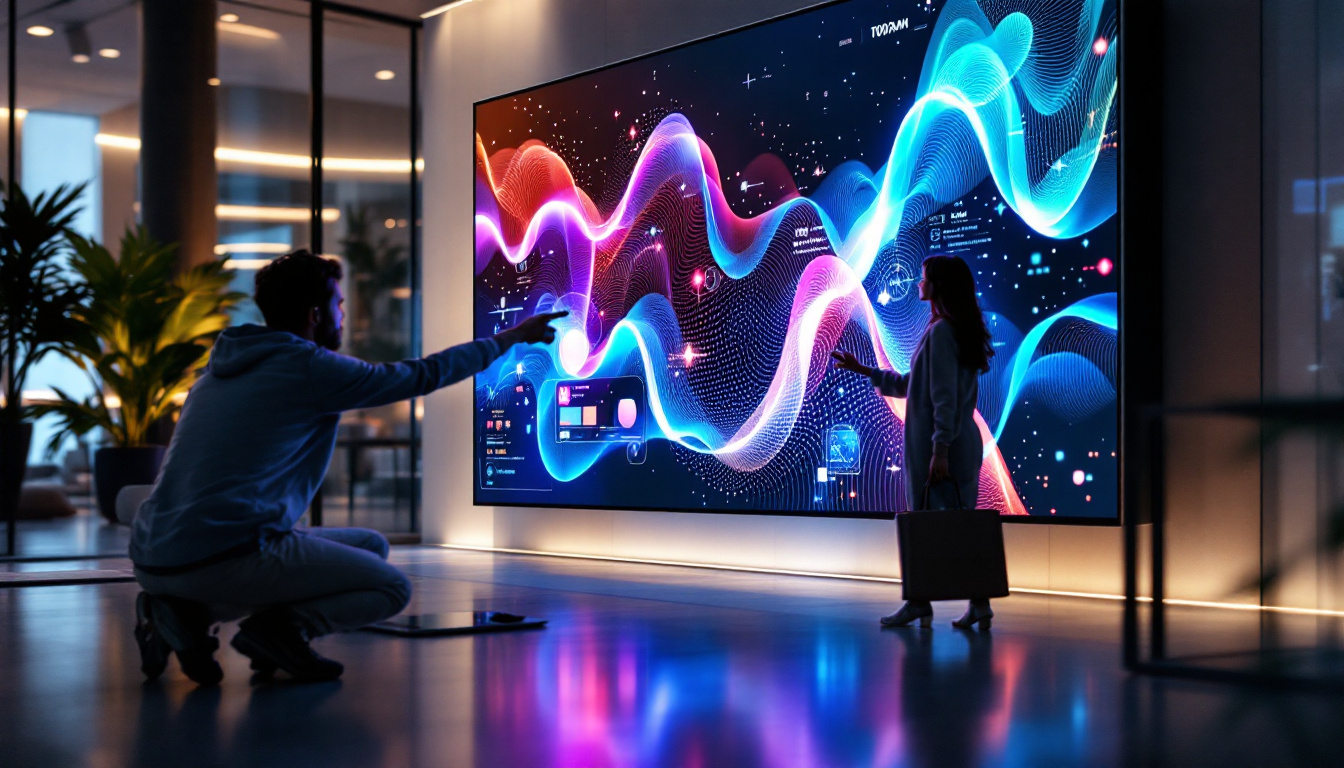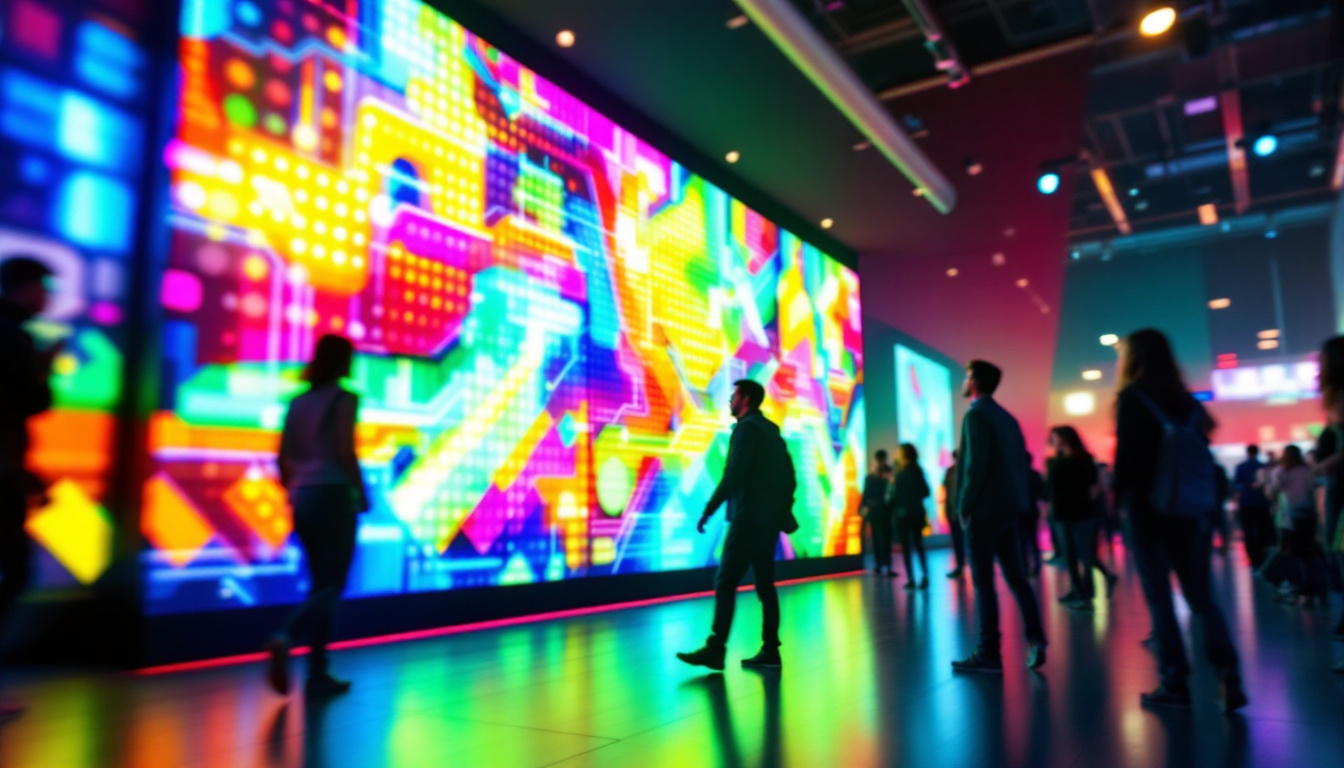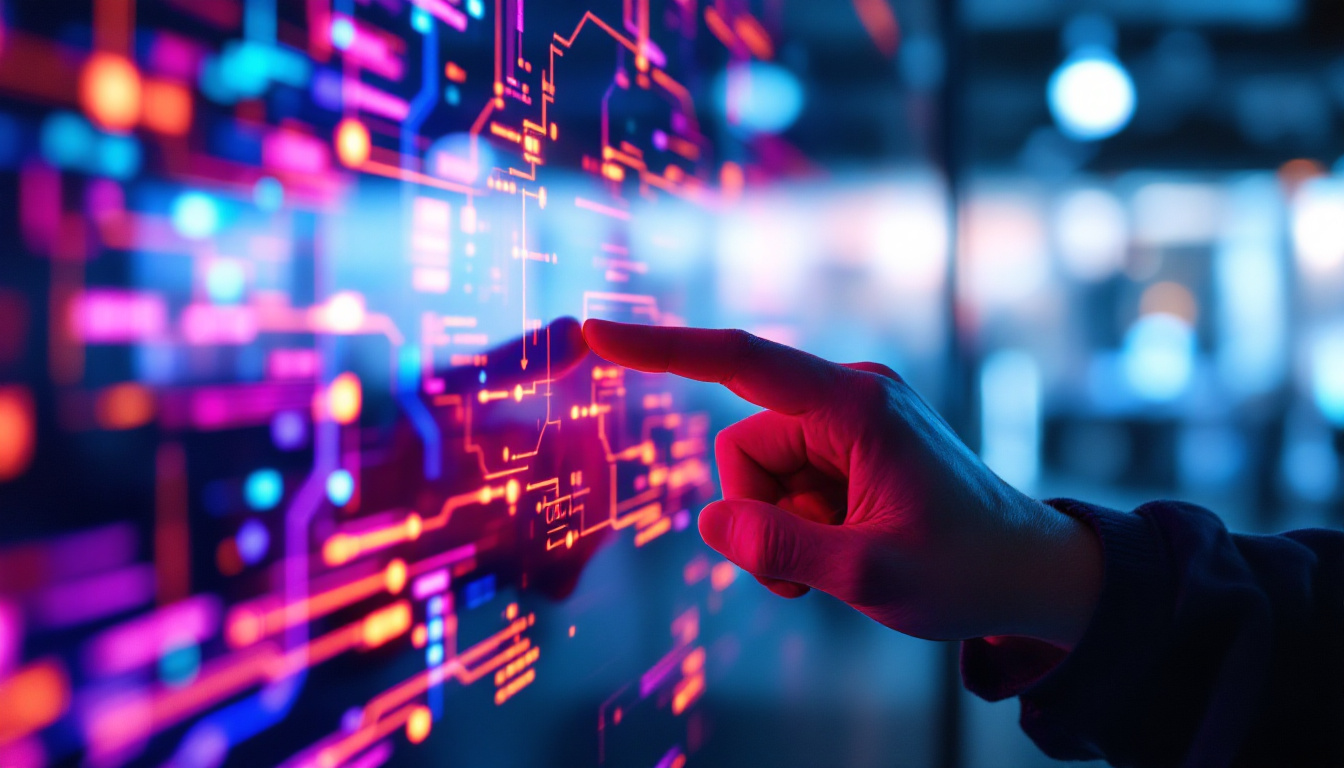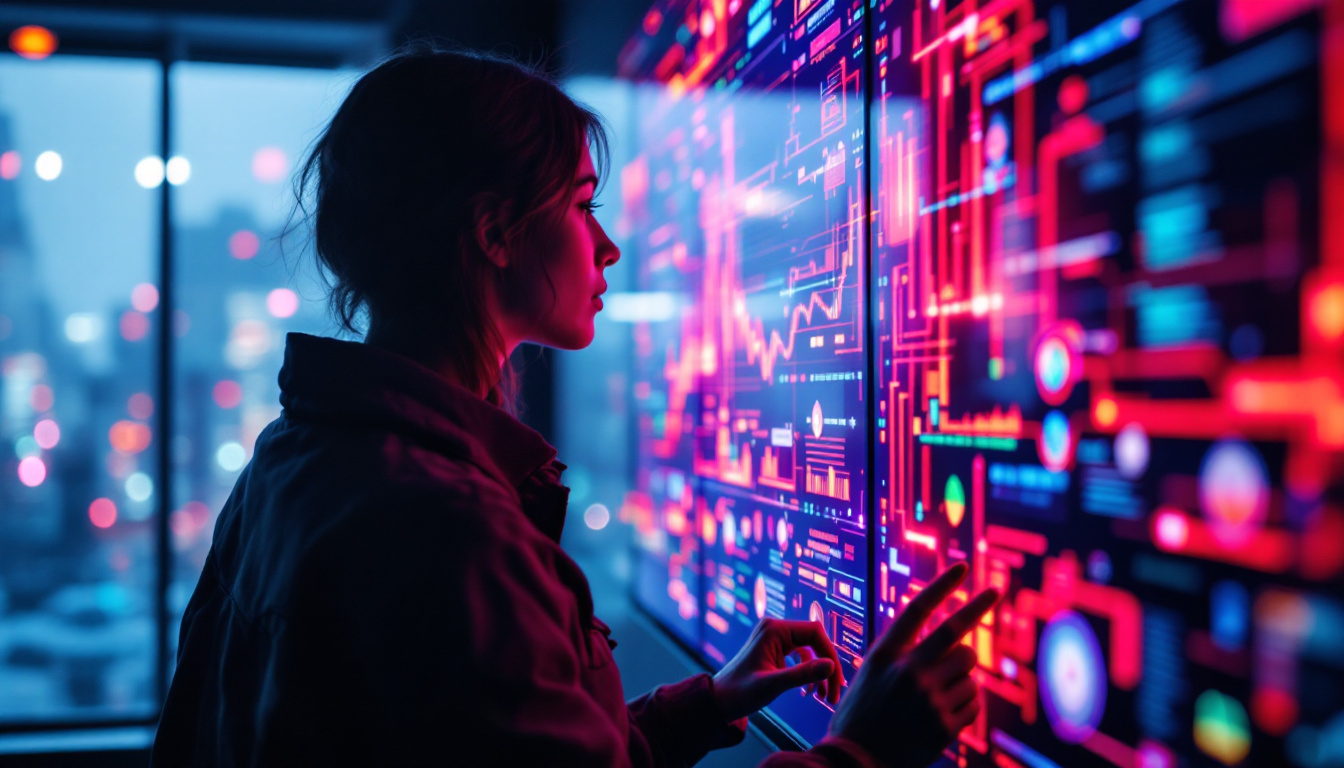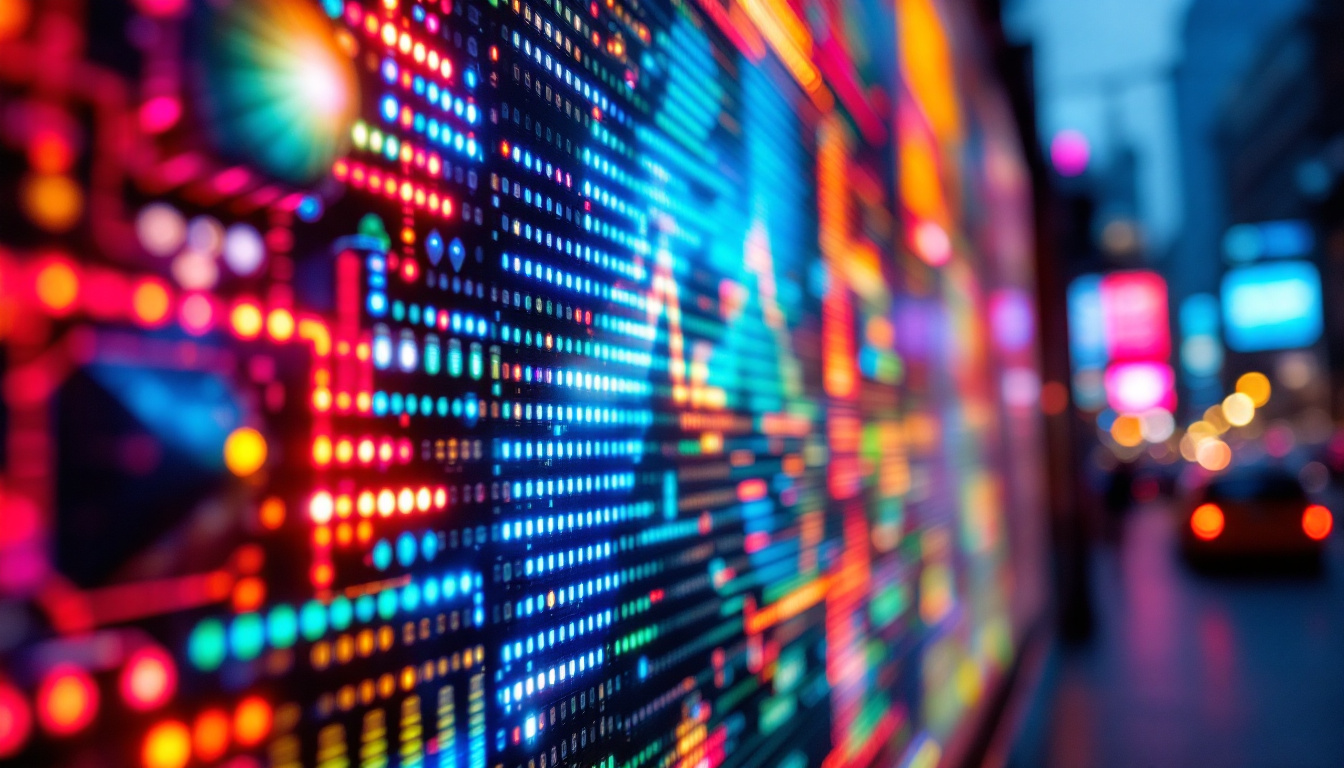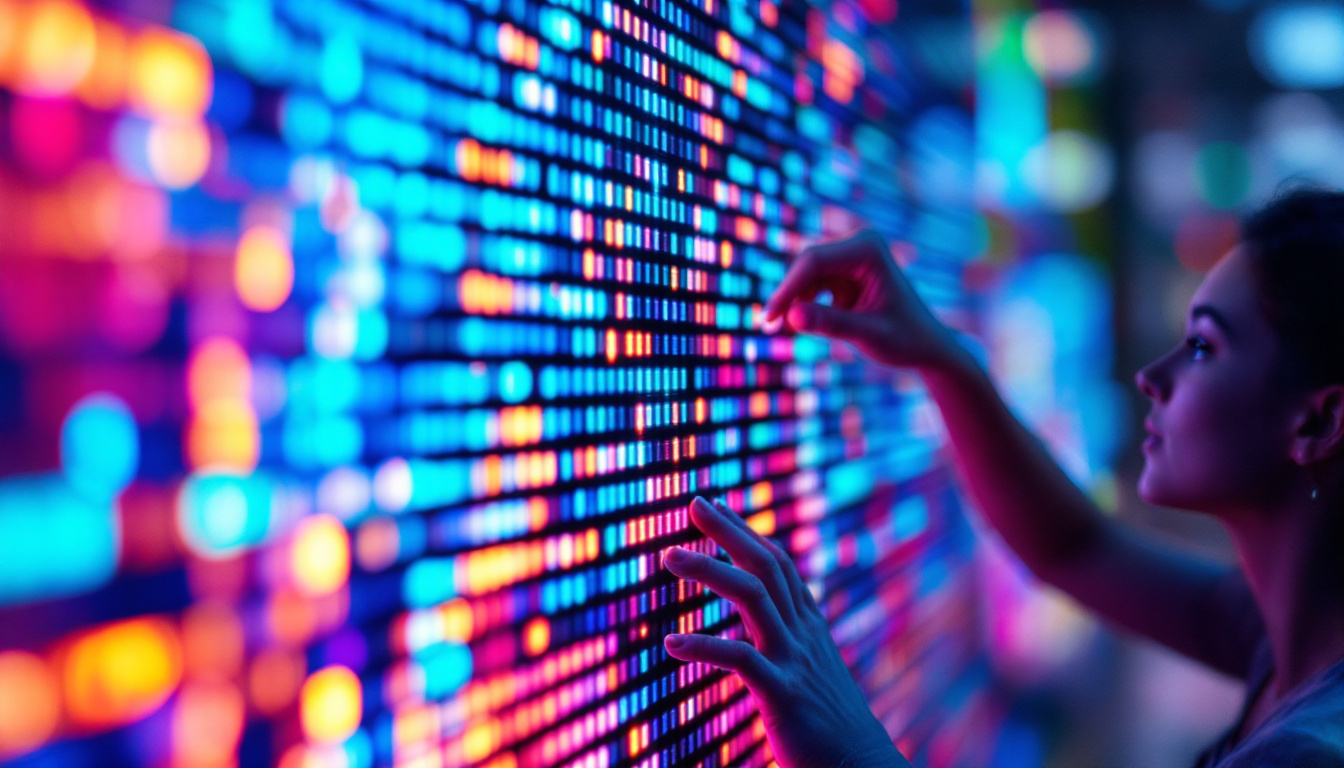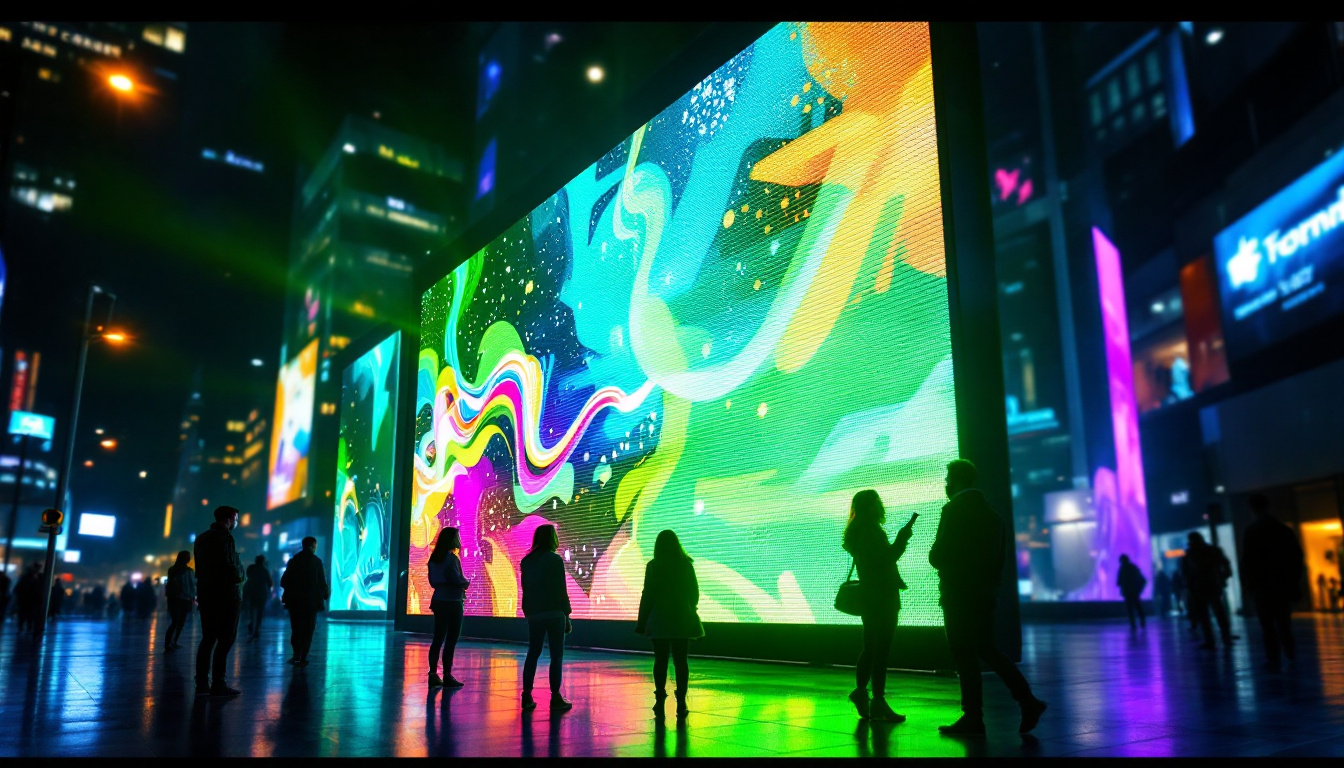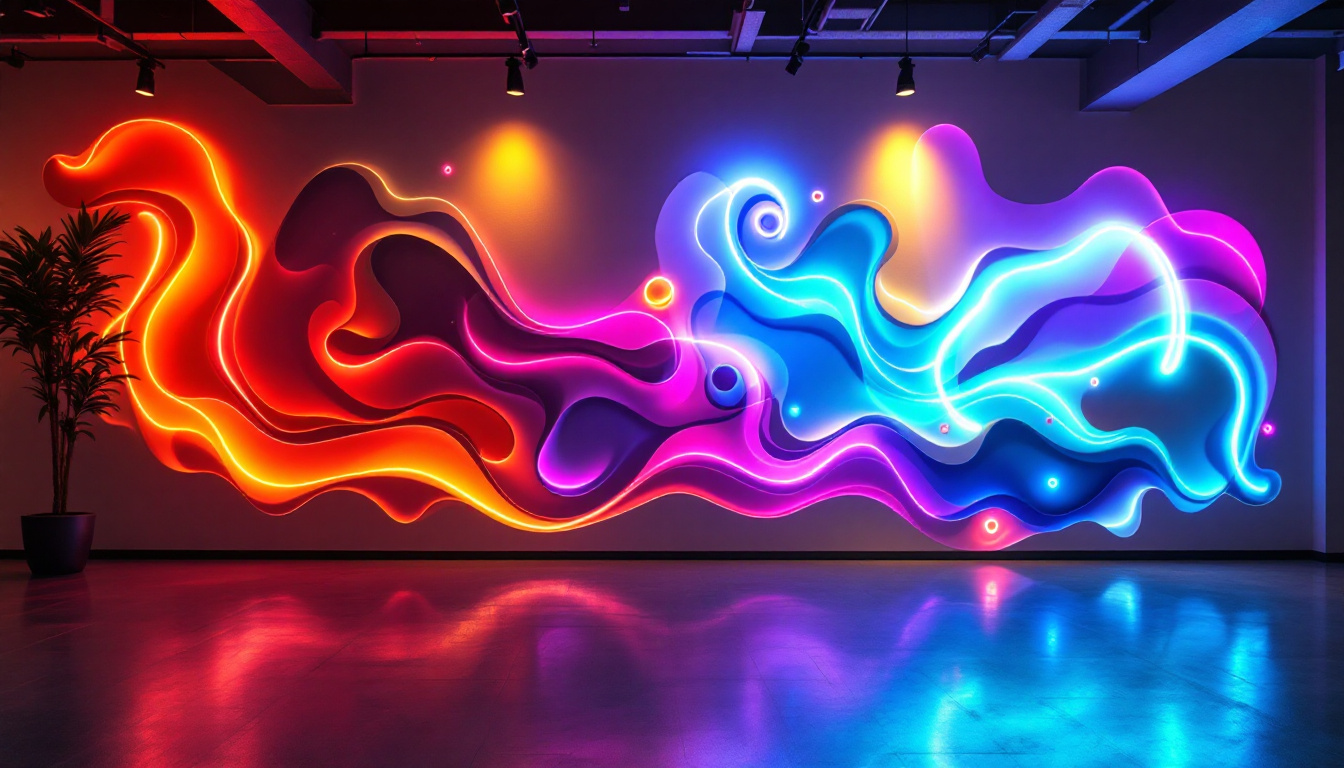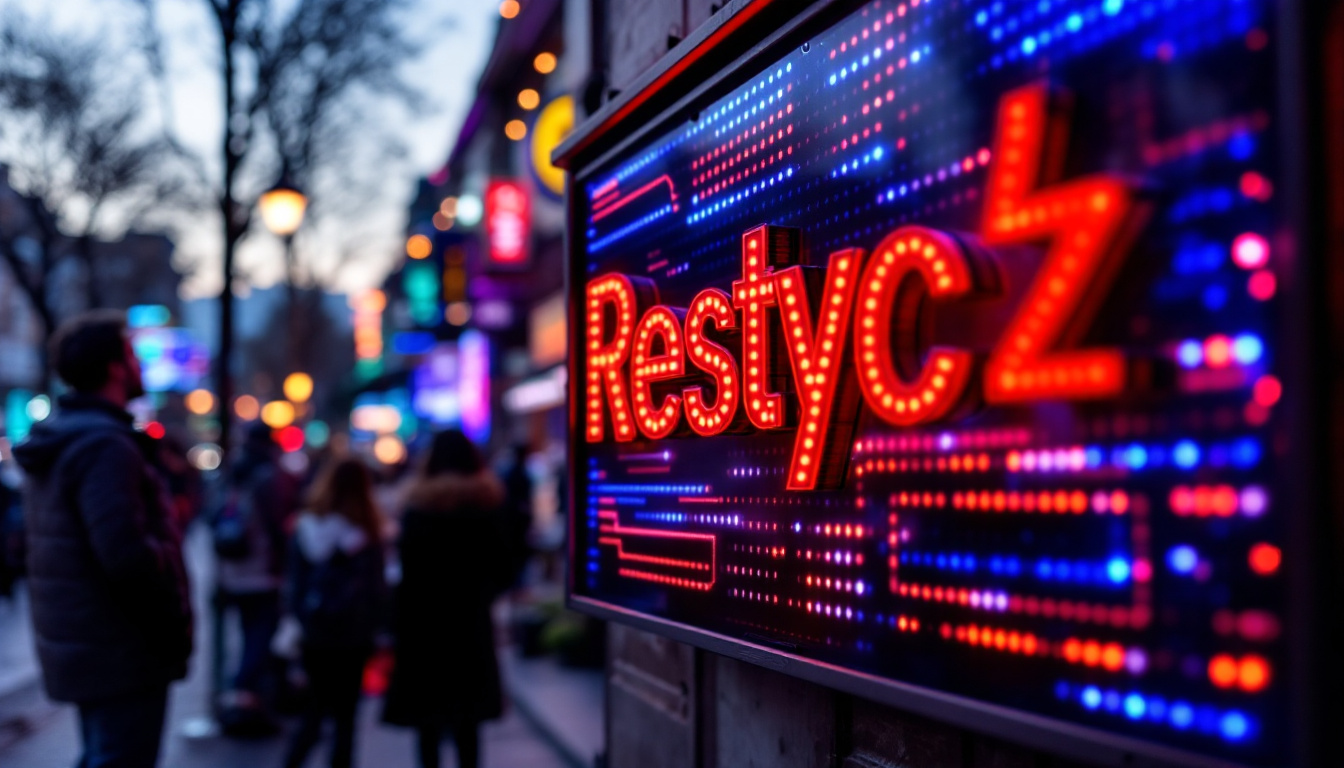In the modern digital landscape, LED displays have become ubiquitous, transforming how information is presented and consumed. From large outdoor billboards to small handheld devices, LEDs play a pivotal role in delivering vibrant visuals. This article delves into the intricacies of LED technology, exploring its components, advantages, and applications in various fields.
Understanding LED Technology
Light Emitting Diodes (LEDs) are semiconductor devices that emit light when an electric current passes through them. They are known for their efficiency, longevity, and versatility. The basic principle behind LED technology involves electroluminescence, where electrons recombine with holes in a semiconductor material, releasing energy in the form of photons. This process not only allows for the creation of vibrant colors but also minimizes energy waste, making LEDs a sustainable choice for lighting solutions in various applications.
In addition to their energy efficiency, LEDs have a significantly longer lifespan compared to traditional incandescent or fluorescent bulbs. While incandescent bulbs may last around 1,000 hours, LEDs can last up to 25,000 hours or more, depending on usage and environmental conditions. This longevity reduces the frequency of replacements, leading to lower maintenance costs and less waste in landfills. Furthermore, the compact size of LEDs allows for innovative designs and applications, from tiny indicator lights to large-scale display screens.
The Components of LED Displays
LED displays consist of several key components that work together to produce images and videos. The primary elements include:
- LED Chips: These are the core components that generate light. Different colors are achieved by using various semiconductor materials.
- Driver Circuitry: This regulates the current flowing to the LED chips, ensuring consistent brightness and color accuracy.
- Control System: This component manages the input signals, allowing for the display of dynamic content such as videos and animations.
Each component plays a crucial role in the overall performance of the display. The quality of the LED chips, for instance, determines the brightness and color fidelity, while the driver circuitry affects the display’s longevity and energy consumption. Additionally, the control system is vital for ensuring that the display can respond quickly to changes in input, which is particularly important for applications like live event broadcasting or interactive installations where responsiveness is key.
Moreover, advancements in technology have led to the development of smart LED displays that incorporate features such as wireless connectivity and integrated sensors. These enhancements allow for real-time updates and remote management, making them ideal for advertising and information dissemination in public spaces. The integration of artificial intelligence can further optimize display content based on audience engagement, ensuring that the right message reaches the right people at the right time.
Types of LED Displays
LED displays come in various forms, each suited for specific applications. The most common types include:
- Direct View LED: These displays use individual LEDs to create images. They are often used for large outdoor screens and billboards.
- LED Backlit LCD: This type combines traditional LCD technology with LED backlighting, enhancing brightness and color contrast.
- Organic LED (OLED): OLED displays utilize organic compounds to emit light, allowing for thinner screens and better color reproduction.
Each type has its advantages and disadvantages, making it essential to choose the right one based on the intended use. For instance, direct view LED displays are ideal for outdoor advertising due to their high brightness levels, while OLEDs are preferred for high-end televisions and mobile devices because of their superior color accuracy and contrast ratios. Furthermore, the emergence of MicroLED technology, which offers even finer pixel pitch and better energy efficiency, is poised to revolutionize the display industry, providing stunning visuals with minimal power consumption.
In addition to these types, there are also specialized LED displays designed for niche applications, such as transparent LED screens that allow for creative advertising while maintaining visibility through the display. These innovative designs are gaining traction in retail environments, where they can showcase products while still allowing customers to see the store layout behind them. As LED technology continues to evolve, the possibilities for creative and functional display solutions are virtually limitless, paving the way for a future where visual communication is more dynamic and engaging than ever before.
Advantages of LED Displays
LED displays offer numerous benefits that contribute to their widespread adoption. Some of the most notable advantages include:
Energy Efficiency
One of the primary advantages of LED technology is its energy efficiency. LEDs consume significantly less power compared to traditional lighting technologies, such as incandescent and fluorescent bulbs. This reduction in energy consumption not only lowers operational costs but also minimizes the environmental impact.
Furthermore, the longevity of LED displays means that they require less frequent replacements, further contributing to energy savings over time. For businesses looking to reduce their carbon footprint, investing in LED technology is a step in the right direction.
High Brightness and Visibility
LED displays are known for their exceptional brightness, making them suitable for various environments, including direct sunlight. This high visibility ensures that content remains clear and engaging, regardless of the lighting conditions.
In outdoor settings, such as stadiums and shopping centers, the ability to maintain visibility in bright conditions is crucial for effective communication. As a result, LED displays have become the preferred choice for outdoor advertising and public information systems.
Versatility in Design
Another significant advantage of LED displays is their versatility in design. They can be manufactured in various shapes and sizes, allowing for creative installations that can fit any space. This adaptability is particularly beneficial for businesses looking to create unique advertising experiences.
Moreover, LED technology supports a range of applications, from simple text displays to complex video walls. This flexibility enables organizations to tailor their displays to meet specific communication needs, enhancing audience engagement.
Applications of LED Displays
LED displays are used across a multitude of industries, showcasing their versatility and effectiveness. Here are some prominent applications:
Advertising and Marketing
In the realm of advertising, LED displays have revolutionized how brands communicate with consumers. digital billboards and storefront displays can showcase dynamic content, attracting attention and driving engagement. The ability to change messages in real-time allows businesses to respond quickly to market trends and consumer behavior.
Moreover, LED technology enables the use of eye-catching animations and videos, making advertisements more memorable. This interactivity not only enhances brand visibility but also encourages consumer interaction, ultimately leading to increased sales.
Entertainment and Events
LED displays play a vital role in the entertainment industry, particularly in concerts, festivals, and sporting events. Large-scale LED screens are often used to enhance the audience experience, providing clear visuals of performances and events.
Additionally, LED technology is employed in stage productions, allowing for dynamic backdrops and lighting effects. This versatility enhances storytelling and creates immersive experiences for attendees, making events more engaging and memorable.
Transportation and Public Information
Transportation hubs, such as airports and train stations, utilize LED displays for real-time information dissemination. Flight schedules, arrival and departure times, and wayfinding information are often presented on large LED screens, ensuring travelers have access to critical updates.
public information displays in cities also leverage LED technology to communicate important messages, such as emergency alerts and public service announcements. The high visibility and adaptability of LED displays make them an ideal choice for conveying information in fast-paced environments.
The Future of LED Technology
The future of LED technology is promising, with ongoing advancements poised to enhance performance and broaden applications. Innovations in materials and manufacturing processes are leading to the development of even more efficient and versatile displays.
MicroLED and MiniLED Technologies
MicroLED and MiniLED are two emerging technologies that promise to take LED displays to the next level. MicroLED displays consist of tiny individual LEDs that can create high-resolution images with exceptional color accuracy and contrast. This technology has the potential to revolutionize the television and display market, offering consumers superior viewing experiences.
MiniLED technology, on the other hand, enhances traditional LCD displays by using smaller LEDs for backlighting. This results in improved brightness and contrast, making MiniLED displays a compelling option for high-end televisions and monitors.
Integration with Smart Technology
As smart technology continues to evolve, the integration of LED displays with IoT (Internet of Things) devices is becoming increasingly common. This integration allows for real-time data sharing and interactive experiences, enabling businesses to create more personalized and engaging content.
For instance, smart LED displays can adjust their brightness based on ambient light conditions or change content based on audience demographics. This level of adaptability enhances the effectiveness of advertising and communication strategies, making LED displays even more valuable in various applications.
Sustainability Initiatives
With growing concerns about environmental sustainability, the LED industry is actively exploring ways to reduce its ecological footprint. Efforts are being made to develop more sustainable manufacturing processes and materials, as well as to enhance the recyclability of LED products.
As consumers become more environmentally conscious, businesses that prioritize sustainability in their LED display solutions will likely gain a competitive edge. This shift towards greener practices not only benefits the planet but also aligns with the values of modern consumers.
Conclusion
In conclusion, LED displays have transformed the way information is presented and consumed across various sectors. Their energy efficiency, high visibility, and versatility make them an ideal choice for advertising, entertainment, and public information dissemination. As technology continues to advance, the future of LED displays looks bright, with innovations poised to enhance performance and broaden applications.
Understanding the intricacies of LED technology and its potential applications is essential for businesses and organizations looking to leverage this powerful tool. By embracing LED displays, companies can create engaging experiences that resonate with their audiences, driving success in an increasingly digital world.
Discover LumenMatrix’s Innovative LED Solutions
Ready to elevate your visual communication strategy with the latest in LED technology? Explore LumenMatrix’s comprehensive range of LED display modules, designed to captivate and engage your audience. From vibrant Indoor and Outdoor LED Wall Displays to dynamic Vehicle and Sports LED Displays, LumenMatrix offers tailored solutions that bring your brand to life. Experience the future of digital signage with our All-in-One LED Displays, LED Transparent Displays, and more. Check out LumenMatrix LED Display Solutions today and transform your visual messaging with clarity and impact.

